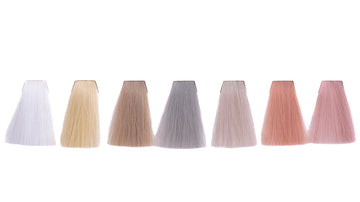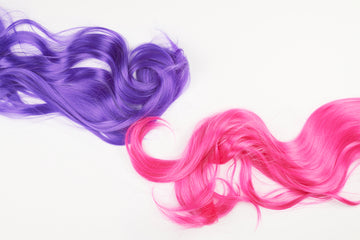When it comes to wigs, the material used plays a crucial role in determining the overall quality and appearance of the wig. In this blog post, we will delve into the various types of wig materials currently available, their general advantages and disadvantages, as well as the manufacturing process involved.
What are the main types of wig materials?
There are several common materials used in the production of wigs, including synthetic fibers, human hair, and a blend of both. Synthetic fibers are typically made from acrylic, polyester, or a combination of these materials. Human hair wigs, on the other hand, are crafted from real human hair, providing a more natural look and feel.
What are the pros and cons of each material?
Synthetic wigs are often more affordable and easier to maintain than human hair wigs. They also come in a wide range of colors and styles. However, synthetic wigs may not have the same level of versatility or longevity as human hair wigs. Human hair wigs, while more expensive, can be styled and treated just like natural hair, offering a more realistic appearance.
How are wigs manufactured?
The manufacturing process for wigs varies depending on the material used. Synthetic wigs are typically mass-produced using specialized machines that create the intricate wefts and fibers. Human hair wigs, on the other hand, are often hand-tied to ensure a natural look and feel. The hair is carefully selected, sorted, and then woven into a cap to create a high-quality wig.
Overall, the choice of wig material depends on personal preference, budget, and desired look. Whether opting for a synthetic wig for its affordability and convenience or investing in a human hair wig for its authenticity and versatility, understanding the different materials and manufacturing processes can help individuals make an informed decision when selecting a wig.





